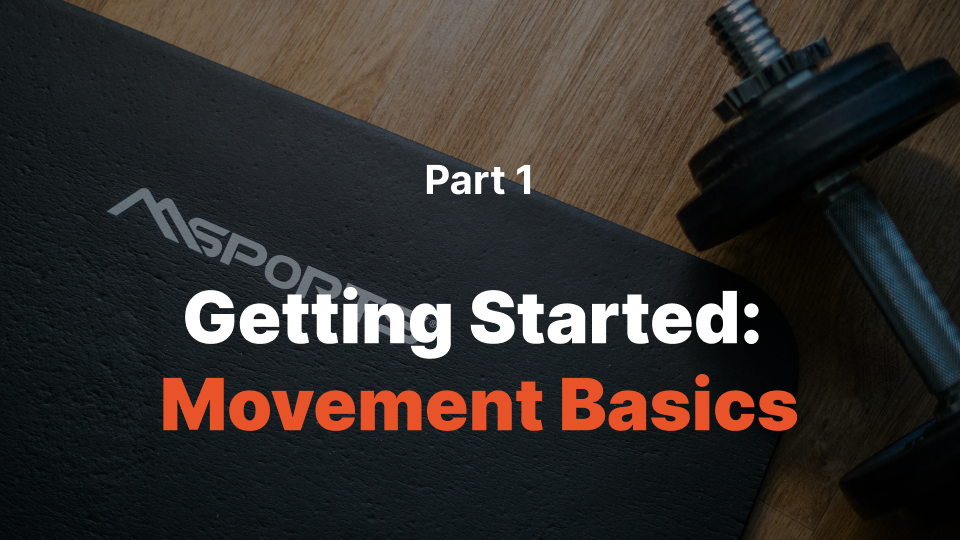title: Plank Shoulder Tap – Core Control with Anti-Rotation Focus
seo: title: 'Plank Shoulder Tap – Build Core Stability & Balance' description: 'The plank shoulder tap challenges your core, shoulders, and coordination by resisting rotation. Learn how to do it right for better control and strength.'
createdAt: 2025-06-05 updatedAt: 2025-06-05
The plank shoulder tap is a deceptively simple move that trains your core to resist rotation while keeping your body stable. It's a dynamic version of the classic plank that adds a balance challenge, engaging your obliques, shoulders, and glutes.
Whether you're a beginner or an experienced athlete, this bodyweight drill builds real-world core strength that transfers to nearly every other movement.
Muscles Worked
- Primary: Core (rectus abdominis, obliques), glutes
- Secondary: Shoulders, chest, lower back, hip stabilizers
Your goal is to minimize movement through your hips and torso while shifting from side to side.
How to Do It (Step-by-Step)
- Start in a high plank position—hands directly under shoulders, feet slightly wider than hip-width.
- Brace your core and squeeze your glutes.
- Without twisting your hips, lift one hand and tap the opposite shoulder.
- Lower it back down and repeat on the other side.
- Continue alternating for reps or time.
💡 The wider your feet, the more stable you’ll be. Narrow feet = more challenge.
Rep & Time Targets
| Goal | Sets/Reps | Rest |
|---|---|---|
| Core Stability | 3×10–20 taps per side | 30–60 sec |
| Endurance | 3×20–40 total taps | 15–30 sec |
| Time-based | 3×30–60 sec rounds | 30 sec |
Use Auto Progression to increase total taps or duration gradually over time.
Form Tips
- Keep hips level: No swaying or twisting—minimize movement as much as possible.
- Squeeze everything: Glutes, abs, and even quads should be tight throughout.
- Controlled tempo: No rushing; each tap should be deliberate.
- Shoulders stacked: Keep them directly over your wrists the entire time.
When to Use It
- In warm-ups to activate the core
- As a core finisher at the end of a workout
- In circuit training for functional stability
Common Mistakes
- ❌ Hips swinging or rotating
- ❌ Hands too far forward or behind shoulders
- ❌ Not bracing the core before moving
- ❌ Speeding through the reps without control
📌 Record yourself from the side or top to check for hip movement.
Level Up with Volym
- Track rounds, taps, and rest with Workout History
- Use Auto Progression to gradually increase challenge
- Time your sets accurately with the Rest Timer
They train core stability, especially anti-rotation strength, along with shoulders and glutes.
Bring your feet closer together or slow down each rep for more balance and control challenge.
No. Keep your hips level and minimize all torso movement—your goal is control, not speed.
Yes! Just start with a wider stance and fewer taps. Focus on form and stability first.
Yes, it’s low-impact and great for frequent core training—as long as you maintain good form.

